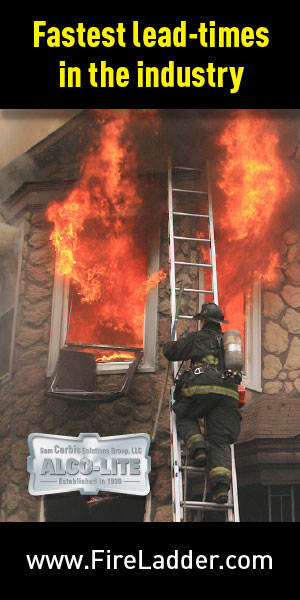Six years ago , the world watched in horror as Grenfell Tower, a residential block in London, was engulfed in flames. The disaster quickly became one of the most heart-wrenching fire tragedies in recent memory, claiming 72 lives and leaving countless others grappling with the aftermath. To commemorate this somber anniversary and reflect on the profound implications of the disaster, Quelfire has published a compelling new article titled “Building a Better Future: The Crucial Role of Responsibility in Construction.
In the article, Croton notes the series of disastrous decisions and lack of responsibility that led to the Grenfell Tower fire, transforming a ‘normal flat fire’ into one of the deadliest residential fires in the UK. Faulty cladding, compromised compartmentation, and an unprepared London Fire Brigade turned a manageable situation into a catastrophe. The article reminds us, “Each and every one of the deaths that occurred in Grenfell Tower, on the 14 June 2017 was avoidable.”
The long road to disaster
Croton dives deep into the issues preceding the fire. The widespread disregard for fire safety in the construction industry and government circles over the preceding decades set the stage for the disaster. Deregulation, cost-cutting, ignorance, and corporate greed combined to create the perfect storm. The article states: “The mindset that fire safety wasn’t important enough to be made a priority meant that civil servants failed to drive through significant amendments to the building regulations.”
Post-fire inquiry reveals a web of denial
In the aftermath of the fire, various parties involved in the tower’s refurbishment deflected blame rather than accepting responsibility. From manufacturers like Arconic and Celotex to the Kensington and Chelsea Tenants’ Management Organisation, no one was willing to shoulder the blame. The article suggests that this type of blame-shifting underscores the need for greater accountability within the construction industry.
The crucial role of responsibility in fire safety
In her article, Croton underscores that every party involved in the design, construction, and management of high-rise buildings must bear responsibility for their actions and decisions. “Taking responsibility saves lives and contributes to a happier and safer built environment. Neglecting this crucial aspect can have severe consequences,” the article warns.
A new era of fire safety regulation
In the wake of the Grenfell disaster, new fire safety guidance will be implemented from October 1, 2023, increasing the industry’s responsibilities. The Building Safety Act 2022 (BSA) strengthens fire safety by enhancing cooperation, increasing record-keeping requirements, and empowering enforcement authorities to deal more effectively with non-compliance.
Croton’s concluding note implores the industry and all stakeholders to learn from the past, emphasising that the Building Safety Act is a catalyst for change: “It is now our collective responsibility to ensure that legacy issues are resolved, new buildings are designed and constructed around the test evidence available, and tragedy never again defines our pursuit of safety, justice, and compassion.”
To read the full article, click here: Building a Better Future: The Crucial Role of Responsibility in Construction.


